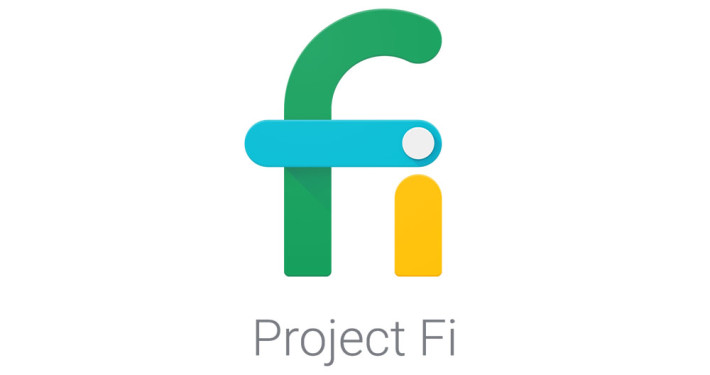Google’s launch of its virtual mobile network, Project Fi, isn’t necessarily a traditional mobile virtual network operator (MVNO) scenario; where a consumer brand looks to add mobile services to its portfolio, like Virgin Mobile does on EE’s UK infrastructure.
Instead, Google has moved to a position where it can convert traditional mobile operators into utility pipe providers and replace them in the eye of the customer. Clearly a long-term plan for Google, this announcement hints at a huge number of implications for operators.
Although initially offered only to Nexus 6 handset owners in the US, Google will no doubt be looking to expand it to further devices and territories as the service becomes established. Google is certainly a worthy challenger and has presented a solution to the coverage and capacity problems that mobile operators have failed to address worldwide.
> See also: Now you can download your whole Google search history – so should you?
While some may see this as ‘Super Google’ saving the world from patchy signal, the end-to-end network visibility will give Google the ability to know all about how consumers search and choose products online, respond to online advertising and then convert that to action in physical retail environments.
This so-called omni-presence, is the retail industry holy grail, whereby retailers can integrate their online knowledge of customers needs and desires with the in-store experience. As retailers battle it out with each other, they all want to be closer to their customer. They know that the more a customer is served what they are looking for when they need it, the more they can drive sales upwards.
If consumers are on the Project Fi service, Google will know where they are, what they are doing, when they are shopping and probably exactly what they are looking for. This is the core of any sales optimisation strategy and how retail brands know they must engage with and influence customers. Clearly it’s about joining the dots between the online and the physical world of shopping.
Why should operators be watching this so carefully?
Operators who are fighting each other to win customer recognition and handset contracts could lose out to a larger, consumer-focused brand that aims to serve customer content and helpful services. Customers have been screaming for better coverage and capacity for years, and Google has listened to these cries and seen a gap in the market. But Google brings this all together with guaranteed access to its many content, search and shopping services.
Its size and innovative approach has enabled it to move, at a global scale, and it could eventually challenge the dominance of network operators, or even fully convert them into utility-pipe providers.
By white labelling services from more than one network, as well as the ability to operate over Wi Fi, Project Fi can seamlessly switch to the strongest service. All the user sees is the same continual Google name in the top left hand corner of the display screen, serving everything they offer from a single touch-point.
The network will undoubtedly have unmatchable coverage and capacity compared to any single operator, and those operators choosing to take part will have no contact with the customer and no brand recognition. Google could easily substitute them for a cheaper competitor, as the customer’s brand loyalty is with Google rather than the service network.
What can operators do to defend their position?
In order for network operators to take on Google, they’ll need to quickly act; focussing on doing what Google is trying to achieve, only do it better, leveraging all their assets in new ways. Google has highlighted the fact that users are not happy with poor coverage and capacity and, given an alternative, are prepared to switch.
Using Google’s announcement as a wakeup call to the dissatisfaction of the consumer, operators must focus on their existing networks, ensuring they deliver a better service, more quickly, and everywhere it’s needed.
Greater collaboration is fine, but improved service levels should begin internally. Ensuring there is coverage exactly where the consumer wants it, using a combination of macro and small cells, will create a dynamic network presenting greater value for money and a better total service experience for the end users.
Operators can compete not just on a coverage and capacity level, but also on the presence-based services that Google will be looking to offer. Operators need to look at how they can improve their service to brands as well as network subscribers.
Google’s strength is using data to promote insight into customer’s habits and preferences, which consequently provide brands with targeted information on purchasing habits that can then increase sales in both the short-and long-term. By leveraging their spectrum and existing user bases, operators can present their own solutions that compete with Google and bridge the gap between online and retail insight.
Now a battle of the big versus the nimbler, the question is, are operators light enough on their feet to go toe to toe with Google? As Louis V. Gerstner said when he wrote his book about turning around IBM ‘Who says elephants can’t dance?’ Well, it won’t take long to find out.
Sourced from Gavin Ray, SVP of product and marketing at ip.access










